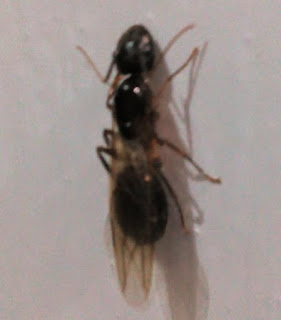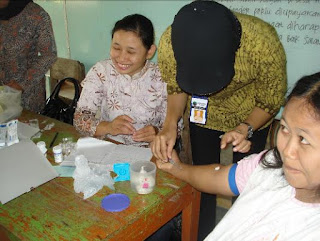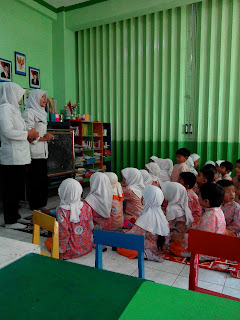Definition of social research is a scientific study about society and how people behave and affect each other.
Social research investigates outside the direct experience of researchers and helps to explain how communities are formed, for example, economic growth, the implementation of legal, politics or etc.
Scopes of Social Research are:
1. Demographic and Social Statistics, Methods and Computation
Demography is the study of changes and population trends using resources such as birth data, death and disease and others.
Social Statistics, Methods and Computational involve the collection and analysis of quantitative and qualitative data.
2. Developmental Study, Human Geography and Environmental Planning Developmental study is a multidisciplinary branch of social sciences that discusses about various social and economic issues related to the development or study of poor countries.
Human geography studies people, society and culture, especially regarding the impact on the environmental changes.
Environmental planning explores decision-making process in managing the system of human and nature relationship.
3. Economics, Management and Business Study
Economics tries to understand how individuals interact in the social structure to answer key questions about the production and exchange of goods and services.
Management and Business Study explore various aspects related to business management such as strategic and operational, organizational psychology, work relationship, marketing, accounting, finance and logistics.
4. Education, Social Anthropology and Linguistics
Education is one of the most important social sciences that explores how people learn and develop.
Social anthropology is the study of how society and human social structures are organized and understandable.
Linguistics focuses on language and how people communicate through the spoken voice and words.
5. Legal, Economic and Social History
Legal focuses on the rule made by the government and people to make sure the society becoming more orderly.
Economic and Social History see the past events to learn from history and to more understand the process of contemporary society.
6. Politics and International Relations
Politics focuses on democracy and the relationship between humans and policy at all levels from the individual to the national and international levels.
International Relation is the study of relationship among countries, including the role of other organizations.
7. Psychology and Sociology
Psychology studies the human mind and tries to understand how people and groups experience a variety of emotions, ideas, and awareness.
Sociology involves a group of people, not individuals, and tries to understand how people relate to each other and function as a society or a social sub-group.
8. Technology Study
Technology Study relates to the role of technology in society, the policy and debates that form modern technology.
9. Social Policy
Social policy is interdisciplinary and subject concerned on community responses analysis to social needs with focus on the aspects of society, economy and the implementation of policies to improve social justice.













